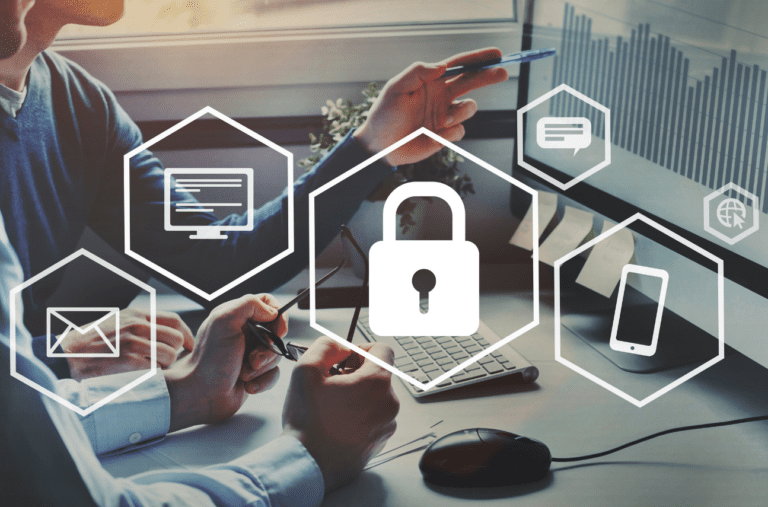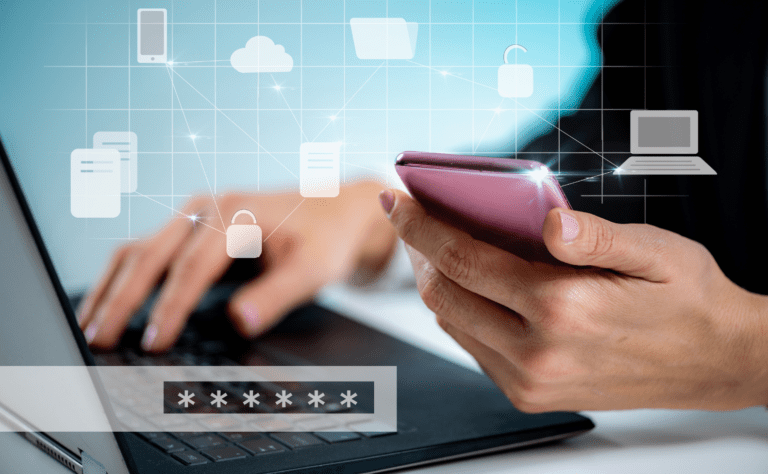Five Essential Email Security Tips for Employees

In the digital world of today, the realm of online threats poses significant dangers to your business’s bottom line. Setting policies alone isn’t sufficient anymore. Phishing scams, executed on an individual level, require a tailored approach to combat effectively. It’s vital for your staff to grasp these email security best practices, considering the alarming statistics: 91% of data breaches stem from phishing attempts, typically originating from deceptive emails.
Five Essential Tips
To safeguard your business against harmful email attachments, the loss of sensitive data, and other security risks, it’s crucial for your team members to familiarize themselves with and implement these five essential email security practices for employees:
1) Ensure Device Security—Encouraging the use of secure devices, especially those provided by the employer, is paramount. Employers can manage security settings and install the necessary antivirus software. With the rise of Bring-Your-Own-Device (BYOD), awareness about its inherent risks is crucial. Unsecured devices provide easy gateways for hackers to pilfer personal and business data.
2) Practice Strong Passwords & Multi-Factor Authentication (MFA)—Implementing robust passwords, blending letters, numbers, and symbols, is fundamental. Changing passwords every 3 to 6 months enhances security. Pair this with multi-factor authentication, where a unique numerical code is sent to a secondary device upon login attempts. This combination forms a formidable defense against unauthorized access.
3) Exercise Caution with Information Sharing—Avoid oversharing, especially on social media, where personal data could be exploited for hacking attempts. Names of pets or family members, seemingly harmless, can be misused. Hackers often glean intel from social platforms before launching attacks. Additionally, apply prudence in internal emails to mitigate data breaches stemming from within.
4) Implement Antivirus Software & Firewalls—In BYOD scenarios, a managed service provider should oversee end-user devices, ensuring robust security measures. Antivirus software and firewalls serve as essential shields. Regular monitoring and management reduce vulnerability, preventing employees from unwittingly engaging with harmful content like spam emails.
5) Recognize Phishing Red Flags—Educate employees about phishing tactics. Be vigilant about odd-looking email addresses, requests for personal information, multiple links, and poor grammar/spelling in emails. These signs often indicate phishing attempts. Developing a discerning eye is crucial in identifying and thwarting such attacks.
Getting Expert Assistance
Establishing stringent email security practices might seem daunting. However, our managed IT services can help simplify this process. Contact us to receive a free quote, where we tailor solutions to your email and IT needs, ensuring your business remains protected against evolving cyber threats. Don’t let your business fall prey to online vulnerabilities; empower your employees and fortify your defenses today.






